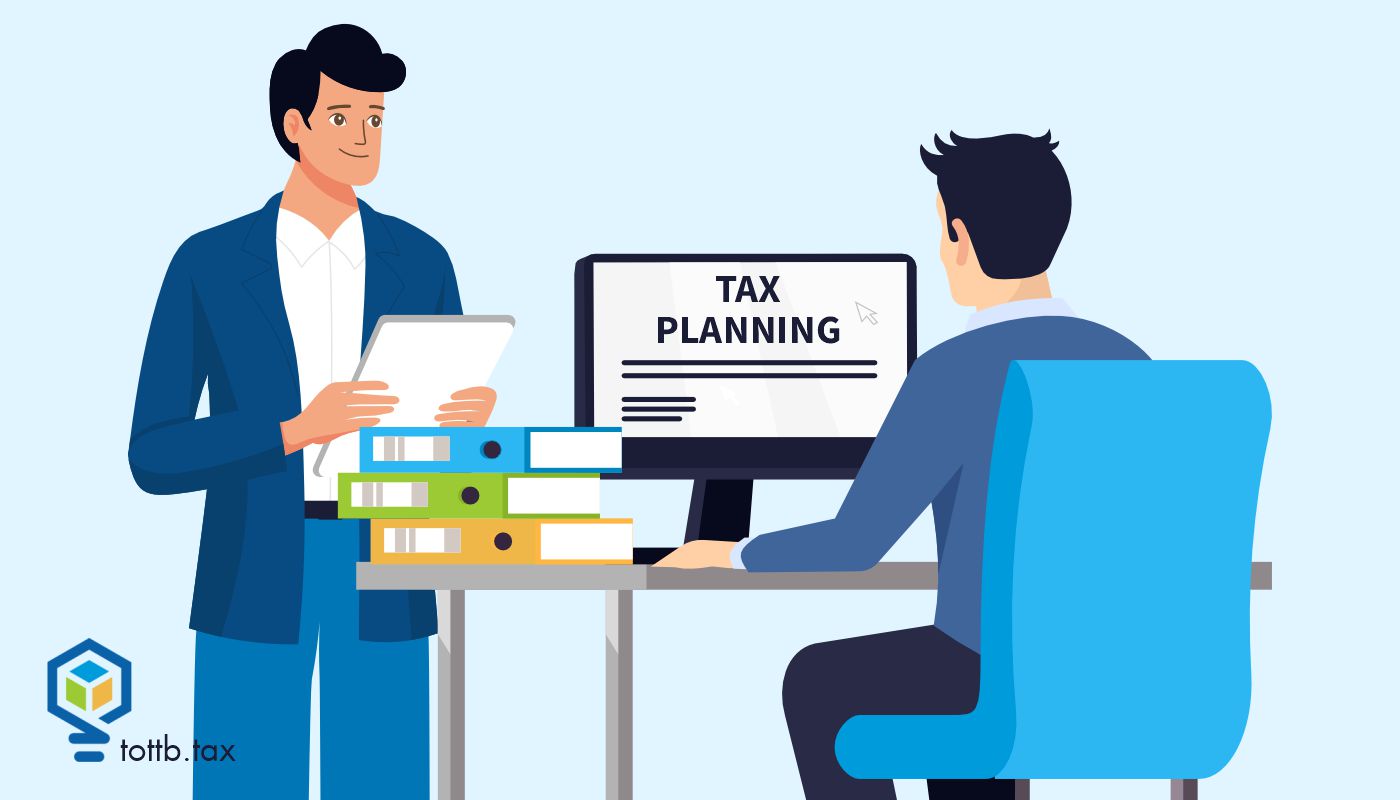By now I hope that all tax professionals have heard of the FinCEN requirement for certain entities to report beneficial ownership information starting in 2024. The requirement is causing confusion because tax and accounting professionals feel that this could be an opportunity to either add value to an existing engagement, could be a new revenue stream, or could be a huge potential for liability. What follows is a brief review of the law and the requirements, an analysis of the main issues, and some recommendations for practitioners wondering how to help their clients while limiting their professional liability.

The Ultimate Business Upgrade: Turning Your Partnership into an S Corp Without the Tax Bite
Looking to cut down on self-employment taxes on your partnership income? Converting your partnership into an S corporation might be the answer. If you currently run your business as a partnership or an LLC taxed as a partnership, you’re probably familiar with the sting of self-employment taxes. Unlike shareholder-employees of an S corporation, who only pay Social Security and Medicare taxes on their salaries, partners typically get hit with self-employment taxes on their entire share of the business’s net income. That can add up fast. By transitioning to an S corporation, you can restructure how you take your income—splitting it between salary and profit distributions. The big advantage? Those profit distributions are not subject to self-employment tax, potentially saving you thousands each year. So, if reducing your tax burden sounds appealing, let’s break down how a tax-free Section 351 incorporation works and what you need to know before making the move.





